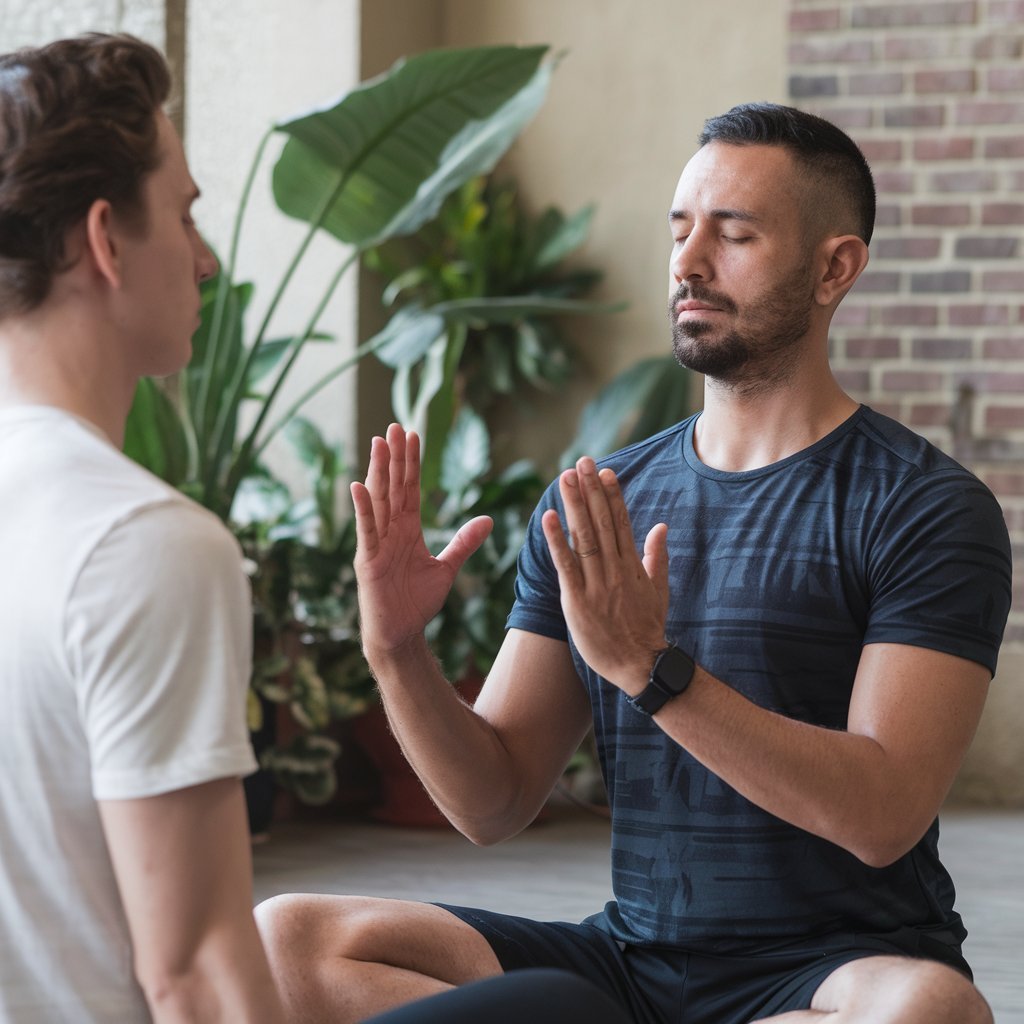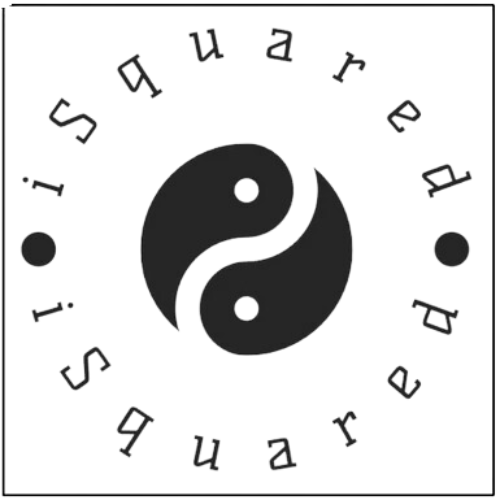
呼吸的科學:調息如何改善你的健康
呼吸的科學:調息如何改善你的健康
調息法是一種古老的呼吸調節練習,是瑜珈的基石,對身心健康有著深遠的益處。透過有意識地控制呼吸,調息可以增強身心之間的聯繫,促進放鬆,減輕壓力,改善整體健康。讓我們探索調息的科學益處以及它如何改善您的健康。1. 理解調息
調息法包括一系列調節吸氣、呼氣和屏氣的呼吸練習。這個練習旨在利用「普拉那」或生命力能量,促進身心之間更深層的聯繫. 常見的調息技巧包括:指示:
- 找到一個舒適的座位: 坐在一個舒適的位置,脊椎挺直,肩膀放鬆。您可以盤腿坐在地板上,或坐在椅子上,雙腳平放在地面上。
- 手部定位: 使用右手。將食指和中指放在眉毛之間的額頭上。用大拇指閉合右鼻孔,用無名指閉合左鼻孔。
-
開始練習:
- 用拇指堵住右鼻孔,然後用左鼻孔深吸氣。
- 用無名指堵住左鼻孔,將拇指從右鼻孔鬆開,然後透過右鼻孔呼氣。
- 用右鼻孔吸氣,然後用拇指將其閉合。
- 將無名指從左鼻孔鬆開,並透過左鼻孔呼氣。
- 繼續: 重複此循環5-10分鐘,注意平穩均勻的呼吸。
指示:
- 舒適地坐著: 以舒適的位置坐著,脊椎挺直。
-
開始呼吸:
- 用鼻子深吸一口氣,讓空氣完全充滿肺部。
- 收縮腹部肌肉的同時用力透過鼻子呼氣。
- 繼續有節奏地快速吸氣和呼氣約 20-30 次。
- 休息: 完成一輪後,深呼吸幾次休息。您可以重複此過程2-3輪。
注意: 如果您感到頭暈或頭重腳輕,請停止練習並恢復正常呼吸。
指示:
- 舒適地坐著: 以放鬆的姿勢坐著,閉上眼睛。
- 手部定位: 將食指輕輕放在臉頰和耳朵之間的軟骨上,以部分阻擋外部聲音。
-
開始哼唱:
- 用鼻子深呼吸。
- 呼氣時,保持嘴巴閉合,發出類似蜜蜂的嗡嗡聲。
- 集中註意力於整個頭腦中產生共鳴的聲音的振動。
- 繼續: 重複此過程5-10分鐘,讓自己隨著每次呼吸變得更加放鬆。
2. 身體健康益處
改善肺功能: 調息可以增強肺活量並增強呼吸肌肉。研究表明,它可以透過改善肺功能來幫助治療氣喘和肺氣腫等疾病.心血管健康: 經常練習調息可以降低血壓和心率,減少高血壓相關併發症的風險. 緩慢呼吸等技巧可以激活副交感神經系統,促進放鬆和心血管健康.增強免疫功能: 透過使自主神經系統轉向平靜狀態,調息可以支持免疫功能並幫助控制壓力引起的疾病.3.心理健康益處
減輕壓力: 調息法已被證實可以降低壓力荷爾蒙水平,促進放鬆並減少焦慮. 深橫膈膜呼吸等技巧可以讓身體從「戰鬥或逃跑」反應轉變為平靜狀態.改善認知功能: 慢速和快速的調息練習都能增強認知能力,例如注意力和感覺運動技能. 這對於壓力很大的學生或專業人士尤其有益。情緒調節: 調息透過提高專注力和意識來幫助情緒平衡。它有助於控制憤怒和憂鬱等負面情緒,培養更積極的生活態度.4. 將調息融入日常生活
為了體驗調息的變革性益處,請考慮將這些練習納入您的日常生活中:- 早晨例行活動: 以 Nadi Shodhana 開始新的一天,清理思緒,建立平衡的基調。
- 午休: 下午精力低落時使用 Bhastrika 來提升能量水平。
- 晚間放鬆: 睡前練習 Bhramari 以平靜心靈並為安穩的睡眠做好準備。
結論
調息法為增強身心健康提供了強而有力的工具。透過將這些呼吸練習融入您的日常生活,您可以培養更強的專注力,減輕壓力並改善整體健康。無論您是瑜珈新手還是經驗豐富的練習者,調息法都提供了可以從內在改善您健康的實用技巧。與往常一樣,在開始任何新的運動計劃之前,請諮詢醫療保健專業人員,特別是如果您有現有的健康問題。透過調息法來掌握呼吸的科學,並釋放其對整體健康的潛力。
直到下一次,
保持健康!保持藝術氣息!
吉米
擁有者
iSquared 瑜伽

